Unusual and secret Andalucia, the salt marshes of La Malaha
The salt marshes of La Malaha in Andalucia, a few kilometres from the Alhambra…
In this article you will find the essential information about the salt marshes of La Malaha in Andalucia
- A few words about La Malaha and its origins
- The salt pans or salt marshes of La Malaha
- Where is Malaha?
- Going to the thermal pool of La Malaha
- What to do in Granada
- Finding accommodation in Granada
- What to see in the area?
- Some useful links (rent a car, other ideas for visits)
- More pictures of La Malaha!
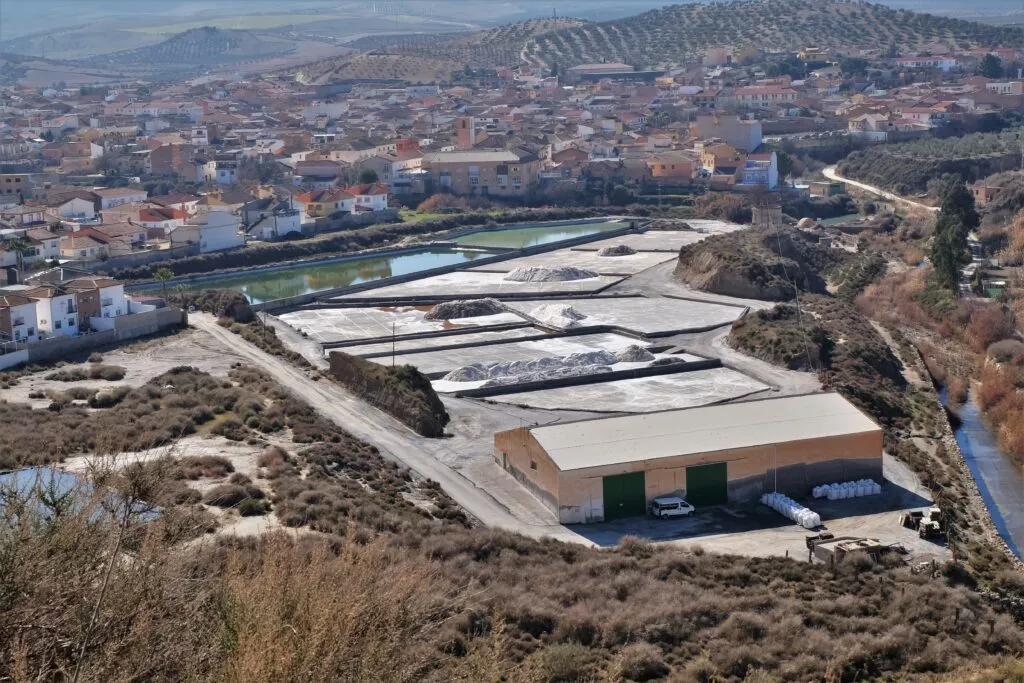
A few words about La Malaha and its origins
La Malahá comes from the Arabic word Al-Mallâha (المَلَّاحَة), which means “salt land” or “salt farm”. This small town is located 16km from Granada.

It is known for its salt marshes. These have been exploited since Roman times and are supplied by the aptly named Salado River.
With the arrival of the Arabs, a complex system of irrigation and exploitation was put in place.

This place has been known since antiquity and has had several names, and this diversity is the measure of the incredible heritage of this site:
- The Greeks called it Malka (temperate valley)
- Then the Romans called it Misarza, (hot valley or relief of suffering)
- The Visigoths called it Mizarza (beneficial waters)
- With the Arabs it took the name of al-Malaha, “the salt pans”.
- After the reconquest, its name was Spanishised: La Malahá
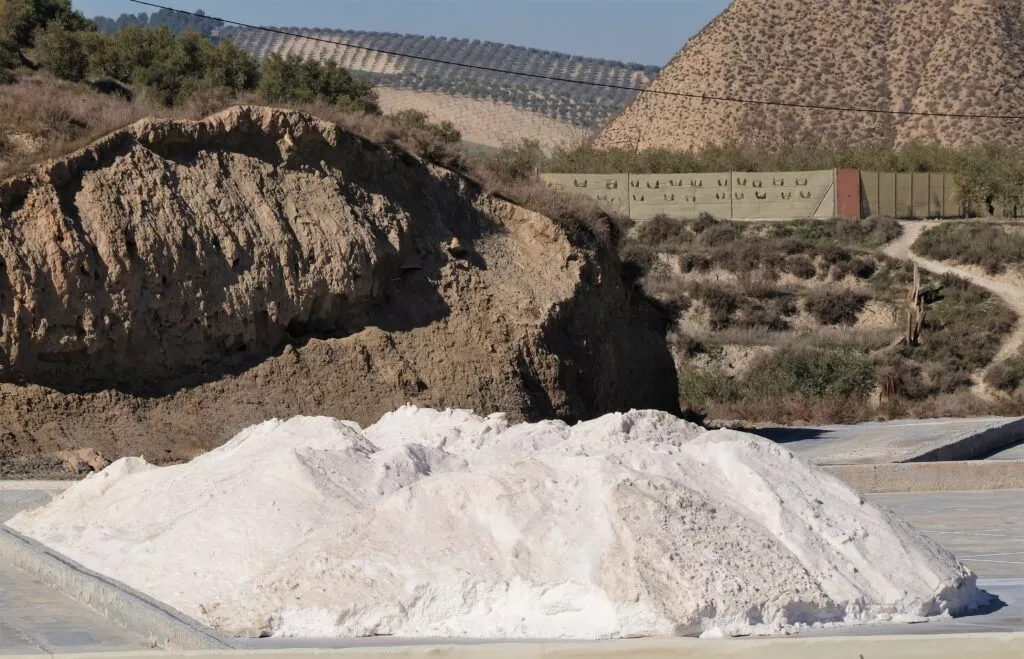
A little history: The Catholic kings ceded the exploitation of the salt mines to the king of Granada, Mohamed XIII “El Zagal” (uncle of Boabdil), during secret negotiations in 1489. El Zagal then ceded the cities of Guadix and Almería to the Catholic kings in 1489, three years before the capture of Granada.

Famous people
Almallahí, a 12th-century Arab philosopher, was born in La Malaha, and today a street bears his name.

The salt pans or salt marshes of La Malaha in Andalucia
The extraction of salt in inland areas is relatively rare as there is no sea water.
Salt mining is possible when freshwater springs flow through deposits of halite minerals. These waters then become loaded with sodium chloride and other salts, turning them into salt water or brine.
To exploit this salt, the water must then be extracted from these springs. Below is the tower in which there was a water wheel to transport the water.

The water wheel was driven by a donkey or a mule:

Because the water was extracted by animal power, these wheels are locally called “Noria de sangre” (wheel of blood).
There is also a bridge of medieval origin right next to the water wheel.

It was then necessary to create basins (cocederos) in full sunlight in order to evaporate the water.

The salt was then stored in a warehouse. The remains of a warehouse – Alfolí – from the 12th century can still be seen.
The Malaha salt pans (salinas), one of the oldest salt marshes in Andalucia
The Romans supplied salt from La Malahá to Sexi – the name of Almuñecar during the Roman Empire – and Salobreña for the production of garum. These saltworks are therefore more than 2300 years old!
Garum was the first Spanish foodstuff to be exported in Roman times.

During the Nasrid period, the salt pans of La Malahá were exploited and used to supply the city of Granada, as well as for the livestock raised in the Vega de Granada.
Below is a short video showing the salt pans of La Malahá and the work of the salt worker:
Evolution of salt exploitation in Andalucia :
The exploitation of salt has always been very important in Andalucia until the 1950s-1960s. However, an invention that was introduced into homes in the 20th century led to a drop in salt production: the refrigerator!
The means of preserving food in salt was no longer necessary as it had been before.

However, the inland salt mines seem to have a future. Indeed, with the pollution of the oceans, traces of hydrocarbons and plastic micro-fibres can now be found in sea salt.
On the other hand, the salt harvested in Malaha remains totally pure and preserved. You can buy salt on the spot. The Salinas de Malahá shop is open in the afternoon from 4pm. I understand that some of the top restaurants have started to buy this salt for their cooking.
Where is La Malaha located?
La Malaha is in the province of Granada.
Going to the thermal pool in La Malaha
Malaha is also a spa town. Its thermal waters have been exploited since ancient times.
Today it offers three thermal pools, two of which are cold water pools.
It is open from June to October. The site is fed by four rivers: Las Termas (32º), La Concepción (29º), La Salud or Baño Frío (13º) and Fuente de Santiago (20º).
The remains of the old Roman and Arab baths can be seen right next door!
The therapeutic qualities of this spa are well known for nervous system and skin disorders and diseases such as rheumatism.
Isabel García Lorca, Federico García Lorca’s sister, says in her book “Recuerdos míos”: “The water was incredible, with an unbelievable temperature and transparency, and a bluish-green colour, only comparable to that of a precious stone, for its clarity and reflection. I have never felt that delicate sensation in the water again.
What to do in the area?
Below are a number of ideas for activities and visits, arranged by theme. You can book them online today.
Bonus: all activities can be cancelled up to 24 hours before the scheduled date:
Booking accommodation in Granada
Below you can find live rentals or accommodation available in Granada, after selecting your dates:
Booking.com
What to see in the area?
The province of Granada offers an incredible variety of landscapes.
Near La Malaha, there is of course the visit of Granada, with the Alhambra, the Albaicin and the Sacromonte districts, which should not be missed.
But here are 4 other very surprising, unique places in the area:
Guadix
Guadix has one of the largest groups of cave dwellings in the world.

Other treasures in the town include an incredible 11th century Alcazaba.
The Alpujarra
This small region at the foot of the Sierra Nevada allows you to discover some of the most beautiful villages in Spain: Pampaneira, Bubion, Capileira. The architecture of the villages is unique with particular chimneys. Below is a photo of Capileira:

Alhama de Granada
This small town, Alhama de Granada, is situated on a cliff and has an incredible historical heritage and offers beautiful walks.

Salobrena
Salobrena is a small white town, nicknamed the Pearl of the Costa Tropical, with a beautiful beach.

Some useful links (car hire, ideas for visits)
Easy and economical bookings
If you are in Andalucia as part of a tour with several major cities to visit, here are some links that may be of interest:
Seville
Seville, the capital of Andalucia, is a city full of treasures to discover and monuments to visit.

Here you will find everything you can see in Seville in 3 days. And for those who will stay longer you will also find information on secret Seville and the Santa Cruz and Triana districts.
Cadiz

Visit Cadiz, a city with an incredible past and great beauty, on the Costa del la Luz.
Malaga
When you reach the Costa del Sol you will find in this link all must-sees in Malaga :

Cordoba
And of course, visit Cordoba, the caliphate city, and the Juderia district

- Antequera, see above, worth your visit too !

Discover other beautiful places in Andalusia in the pages of Andalusian blog
Here is the link to receive our newsletter from the andaluciamia.com blog
More photos from La Malaha!

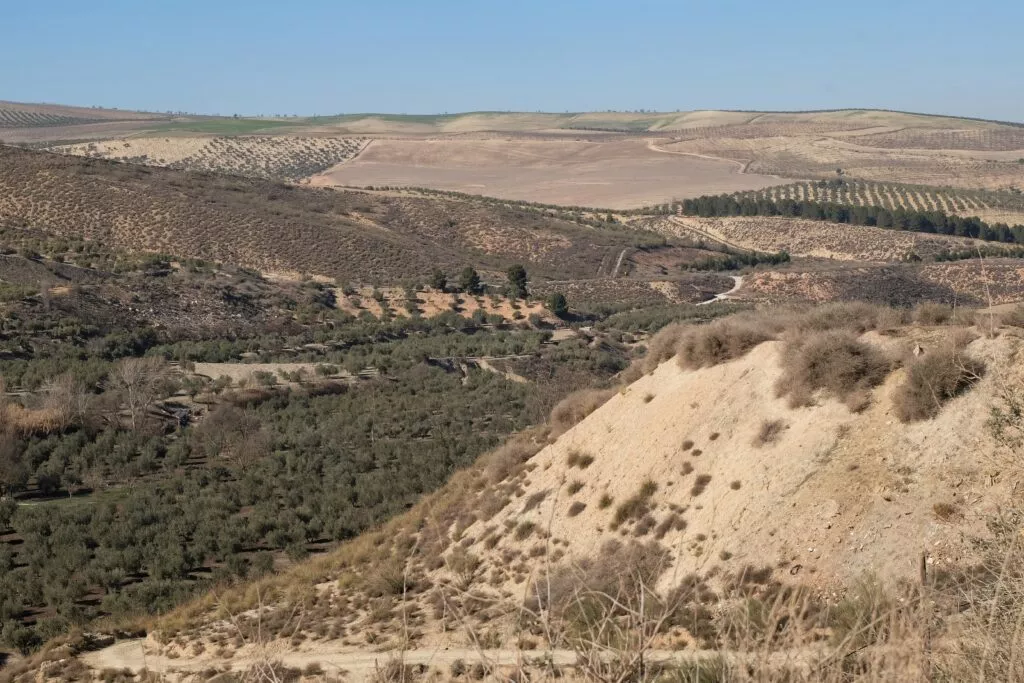
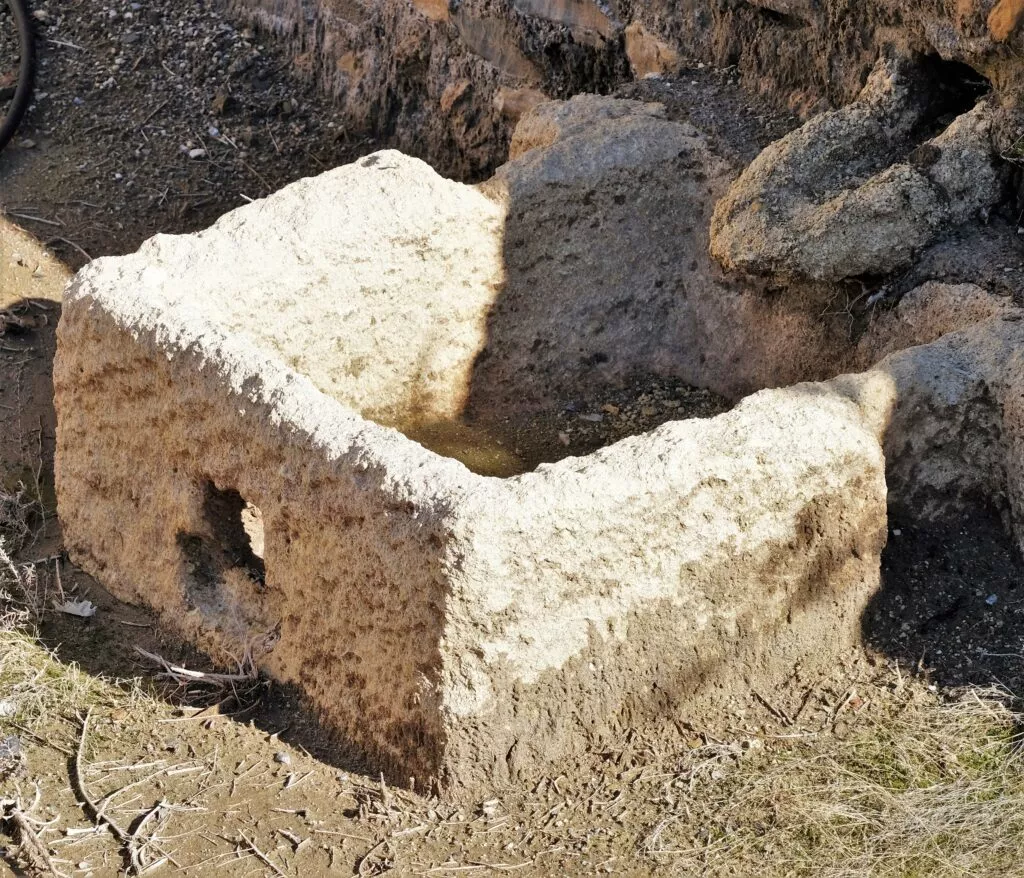
Here are the latest articles on Andalucia
-
Almuñécar what to see in the town of the sexitanos

Almuñécar discover and see the best in the town of the sexitanos. A seaside town with a 3000 year old heritage.
-
What to see in Parauta and its enchanted forest ?

All the essential things to see in the wonderful village of Parauta and also in its very curious enchanted forest, el bosque encantado.
-
Genalguacil – what to see in the Vizier’s beautiful gardens
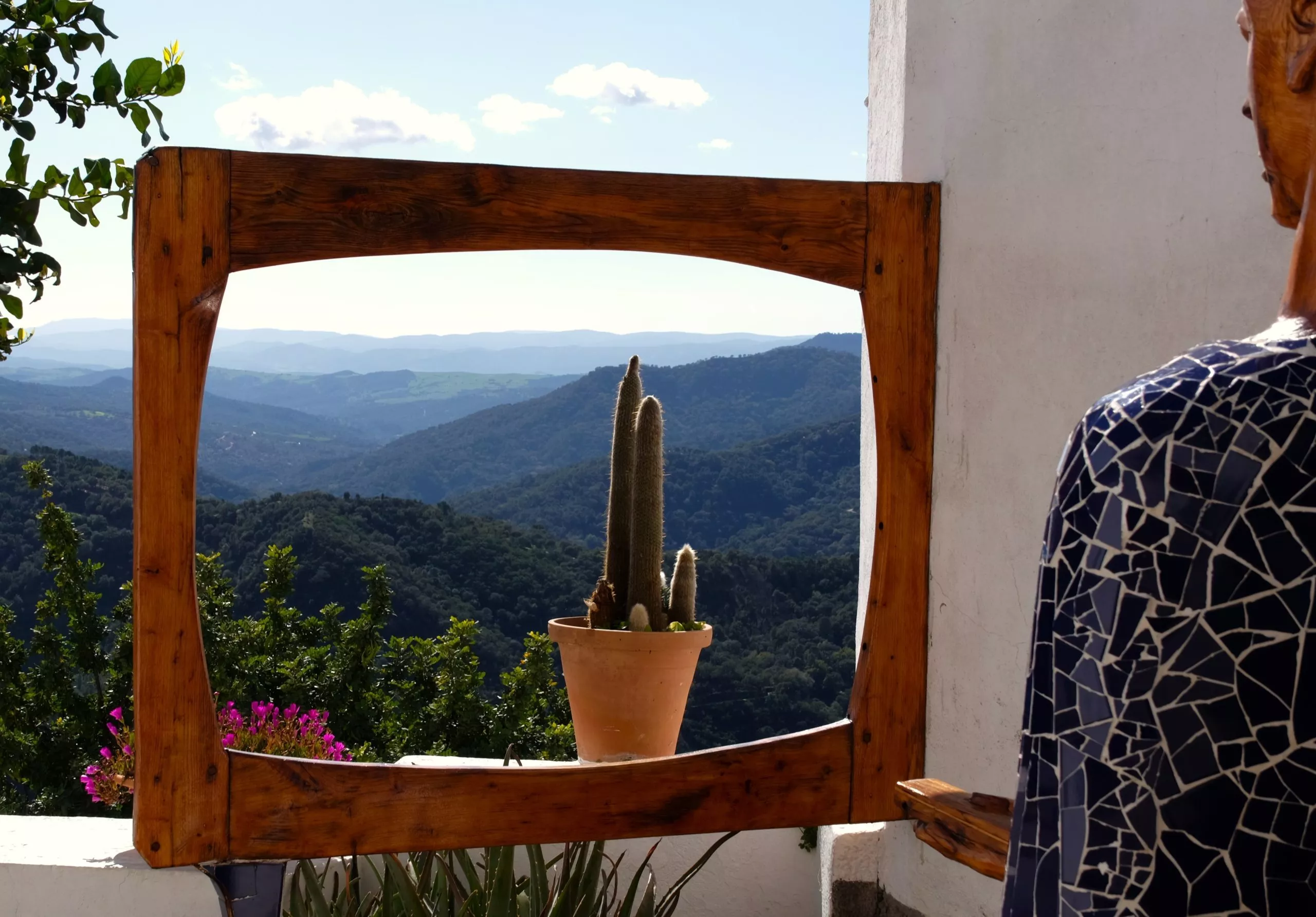
Here are all the essentials to see in the incredible village-museum of Genalguacil. This is an opportunity to discover the Genal Valley.
-
Unknown Malaga the unusual its secrets and curiosities to know

Unknown Malaga here are the essentials of the unusual things in Malaga with its secret and very curious places, and often from distant times.


